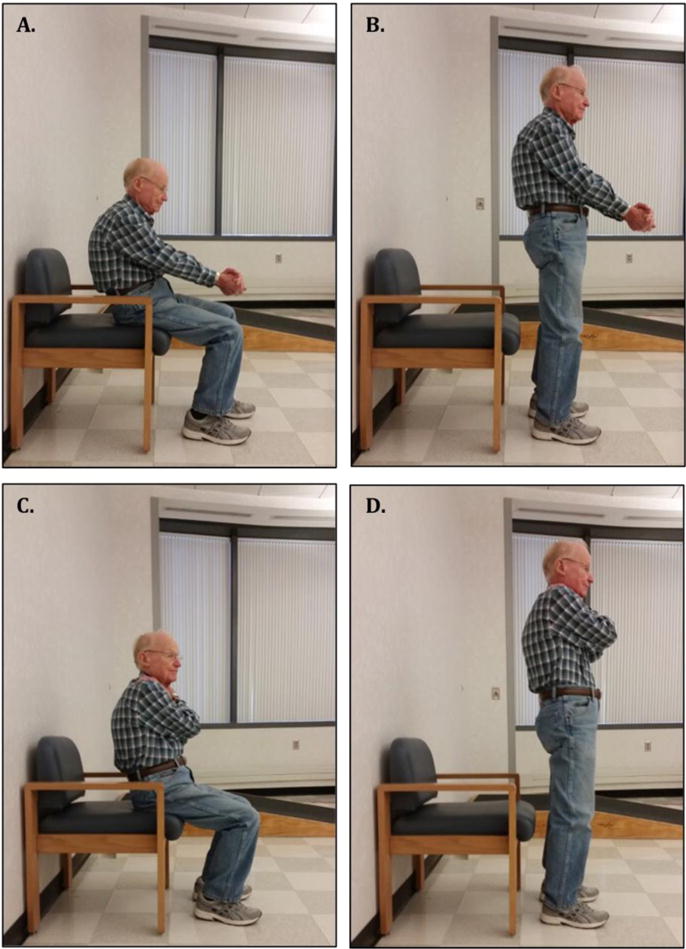Fig 2. Functional strengthening progression example.

Example of progression in sit-to-stand functional strengthening. Sit-to-stand from chair requires that the participant stand up from a seated position with weight evenly distributed on both lower extremities. At each session, the participant begins at the level completed during the previous session. The participant completes 1 set of 5 repetitions before attempting to complete a 2nd set of repetitions at the next, higher level. For example, at the previous session, a participant was able to perform 5 repetitions at Level 2b, whereby they moved their body to the edge of the chair, leaned forward, put arms out in front, and stood up (Panels A–B). In the current session, the participant performs that same maneuver for the 1st set and then attempts the 2nd set at the next higher difficulty level, Level 2c, whereby their armed are folded across the chest (instead of out in front as in 2b)(Panels C–D). Refer to Supplementary File 3. REHAB-HF Functional Strengthening Quick Reference Guide for difficulty levels.
